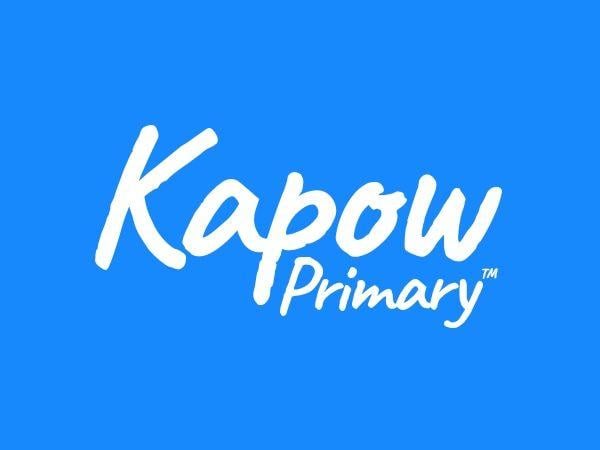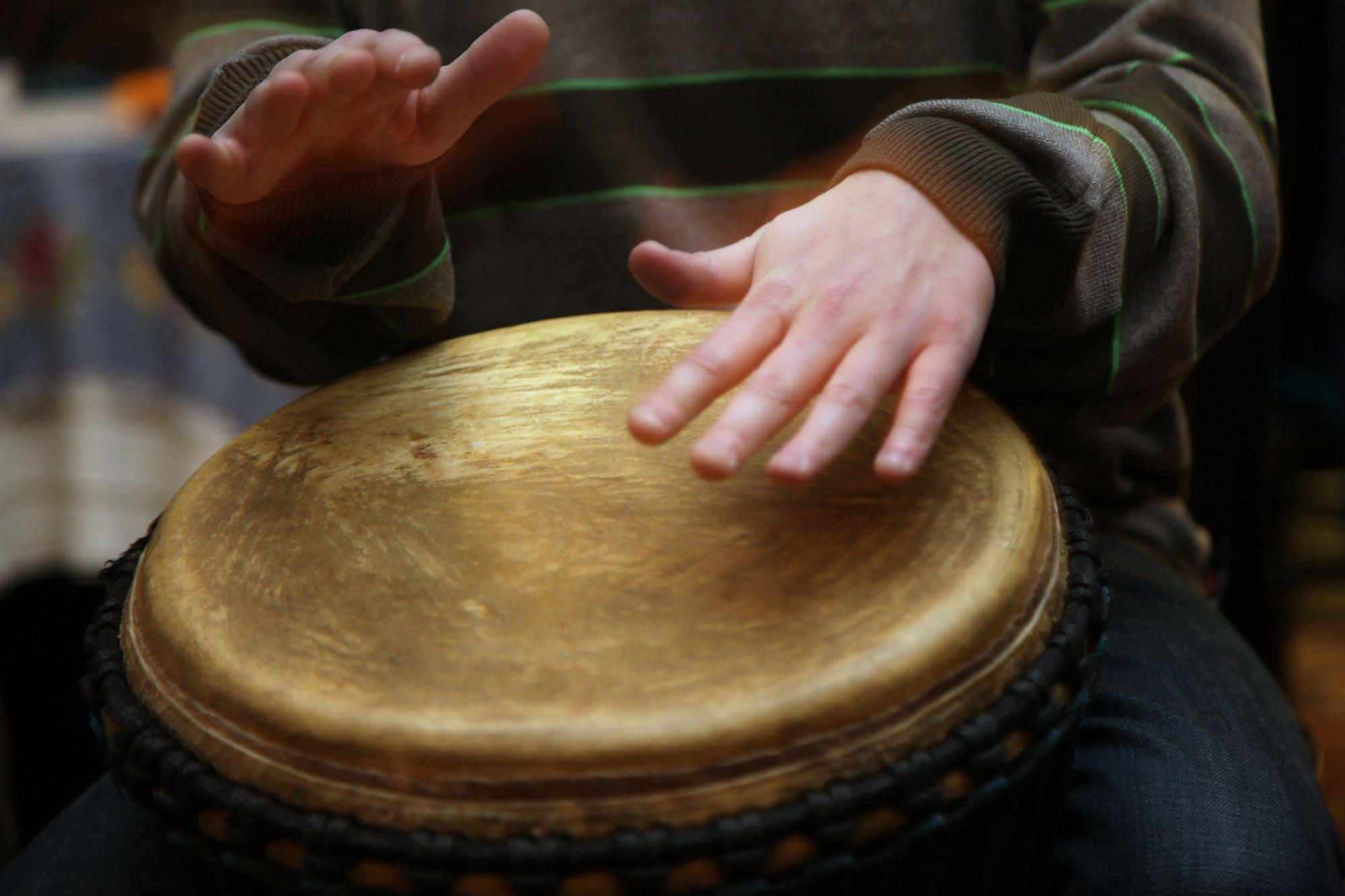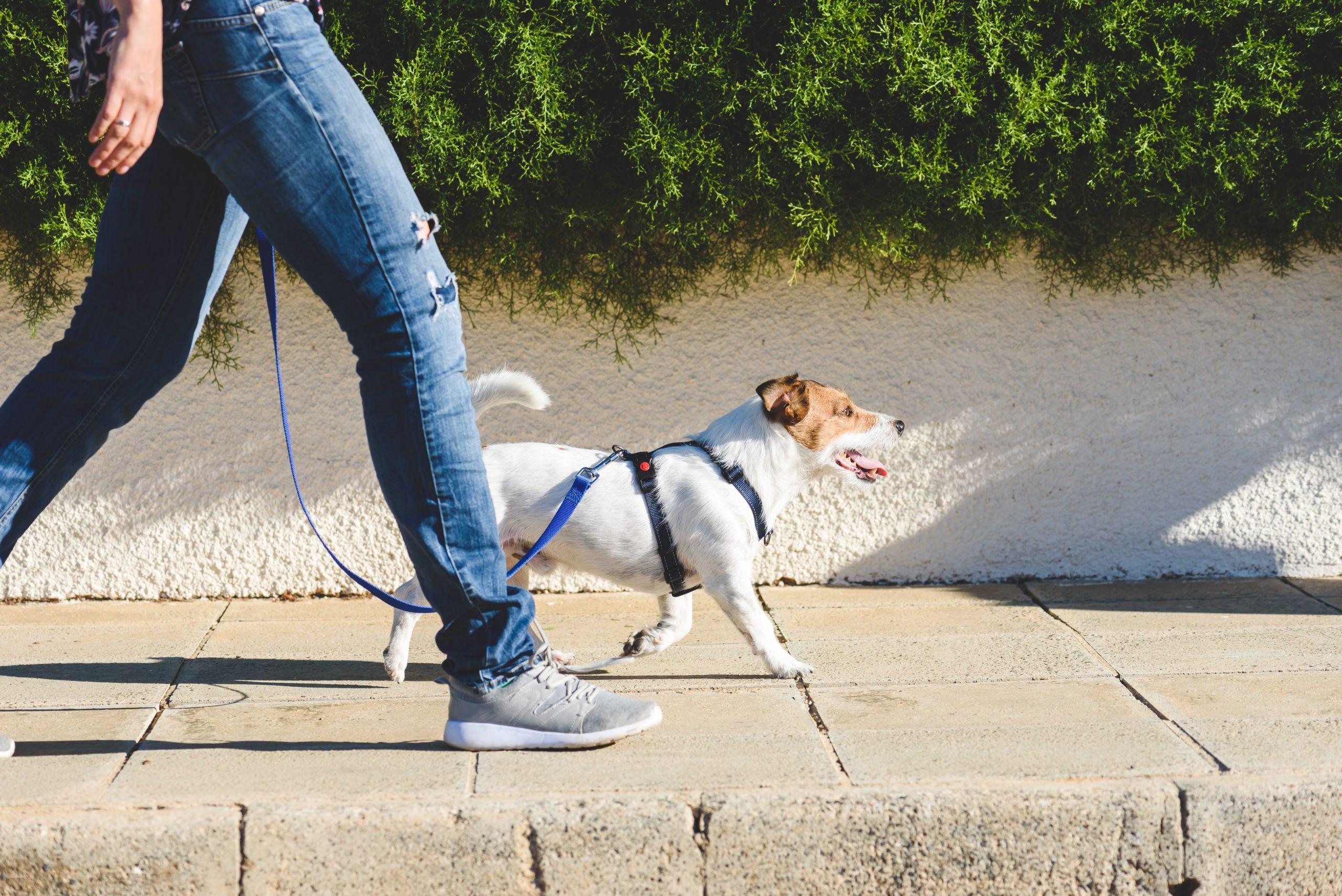Display the Presentation: Gimme five! Ask the children to think of five things they remember about plants from their Science lessons this year, tell them to a partner, then give them a high five.
Learning objectives
Knowledge
- To describe how litter affects food chains.
Working scientifically
- To use results to advise about litter.
Success criteria
Knowledge
- I can recall how to write a food chain.
- I can create an ocean food chain.
- I can describe how litter affects a food chain.
Working scientifically
- I can summarise the results from the ocean litter investigation.
- I can use the results to explain which litter is worst for the oceans.
- I can give advice to people about their material choices.
National curriculum
Science
Plants
Pupils should be taught to:
- Identify and name a variety of common wild and garden plants, including deciduous and evergreen trees.
- Identify and describe the basic structure of a variety of common flowering plants, including trees.
- Find out and describe how plants need water, light and a suitable temperature to grow and stay healthy.
Animals, including humans
Pupils should be taught to:
- Find out about and describe the basic needs of animals, including humans, for survival (water, food and air).
Living things and their habitats
Pupils should be taught to:
- Identify that most living things live in habitats to which they are suited and describe how different habitats provide for the basic needs of different kinds of animals and plants, and how they depend on each other.
- Identify and name a variety of plants and animals in their habitats, including microhabitats.
- Describe how animals obtain their food from plants and other animals, using the idea of a simple food chain, and identify and name different sources of food.
Working scientifically
Pupils should be taught to use the following practical scientific methods, processes and skills:
- Asking simple questions and recognising that they can be answered in different ways.
- Observing closely, using simple equipment.
- Performing simple tests.
- Using their observations and ideas to suggest answers to questions.
- Gathering and recording data to help in answering questions.
Cross-curricular links
English
Spoken language
Pupils should be taught to:
- Ask relevant questions to extend their understanding and knowledge.
- Use relevant strategies to build their vocabulary.
- Articulate and justify answers, arguments and opinions.
- Use spoken language to develop understanding through speculating, hypothesising, imagining and exploring ideas.
- Participate in discussions, presentations, performances, role play, improvisations and debates.
- Consider and evaluate different viewpoints, attending to and building on the contributions of others.
- Select and use appropriate registers for effective communication.
Reading – comprehension
Pupils should be taught to:
- Develop pleasure in reading, motivation to read, vocabulary and understanding by discussing word meanings, linking new meanings to those already known.
- Explain clearly their understanding of what is read to them.
Writing – composition
Pupils should be taught to:
- Write sentences by:
- saying out loud what they are going to write about;
- composing a sentence orally before writing it;
- re-reading what they have written to check that it makes sense.
- Discuss what they have written with the teacher or other pupils.
- Read aloud their writing clearly enough to be heard by their peers and the teacher.
See National curriculum - English - Key stages 1 and 2.
British values
- Mutual respect.
See Promoting fundamental British values as part of SMSC in schools (non-statutory advice) – contains public sector information licensed under the Open Government Licence v2.0.
Before the lesson
Check all images, videos, links and presentation slides are suitable for your class.
- Presentation: Gimme five!
- Presentation: Investigating ocean litter.
- Presentation: Ocean food chains.
- The children’s bottles of soaked ocean litter from the investigation in Lesson 3: Ocean litter.
- The Resource: Ocean food chain spinner cut out and stuck onto thick card with a pencil or pen pushed through the centre (one between four).
- Whiteboards and pens (one between four).
- A device for taking photos (support – see Adaptive teaching).
- The book ‘Alba the Hundred Year Old Fish’ by Lara Hawthorne (optional – see the Wrapping up).
Print in advance of the lesson.
Subject knowledge
This lesson revises subject knowledge from the units Science, Year 1/2 (A), An introduction to plants, Science, Year 1/2 (A), Habitats, Science, Year 1/2 (A), Life cycles and health and Science, Year 1/2 (A), Plant growth. Find any associated misconceptions in the unit lessons.
Investigating ocean litter
- The children may notice that the paper straws do not break up as much as expected. It is because they are often coated with wax or plastic to stop them from going soggy while in use.
- Paper straws may break down quicker than plastic alternatives, but some research suggests they contain other ‘forever chemicals’ that can contaminate water supplies and cause problems. It may suggest they are not a better sustainable alternative to plastic straws.
- However, plastic straws’ rigidity is more likely to harm animals that come into contact with them.
Ocean food chains
- Seaweed is a producer that makes its own food using sunlight.
- Shrimp are omnivores and scavengers; they eat small plants, animals and decaying matter.
- Jellyfish are carnivores and will eat small animals such as fish and crustaceans.
- Fish diets depend on the specific species and can appear in different places within the food chain.
- Sea turtles’ diets depend on the species. Some are carnivorous and eat crustaceans, jellyfish and other marine life. Green turtles are coloured this way because of their herbivorous diet.
Enquiry type
- This lesson includes
thereviewingofan observing over time enquiry thatItlooks for changes in litter integrity when soaked in water over time.
Lesson organisation
It is recommended thatThe children should investigate a range of litter for first-hand experience.- Examples of biodegradable and non-biodegradable materials being experimented on can be seen and shared with the class in the Pupil video: Investigating ocean litter (from 0:00).
There are some examples of biodegradable and non-biodegradable materials being experimented on from 00:00 in the Pupil video: Investigating ocean litter that can be shared with the class.
Lesson plan
1: Recap and recall
Presentation: Gimme five!
Key facts they remember may include:
- Key plant structures (stem, root, leaf and flower).
- Examples of plants (which could include seaweed as an example of an ocean plant).
- What plants are used for (such as food or medicine).
- The plant life cycle (including the role of seeds or bulbs).
- What plants need to grow (light, water and warmth).
2: Attention grabber
Arrange the class in the experiment pairs from the previous lesson. Ask one member from each pair to collect their bottle of soaked ocean litter from the investigation in Lesson 3: Ocean litter. If required, play the Pupil video: Investigating ocean litter from 0:50 to share the results.
Pupil video: Investigating ocean litter
Select the observe, test and measure tile from the enquiry cycle in the Presentation: Investigating ocean litter and click forward to the results table.
Presentation: Investigating ocean litter
Allow the pairs to discuss how the litter has changed in appearance, using the keywords in the presentation if required. Hand out a copy of Activity: Investigating ocean litter (one each) and allow time for the children to circulate the class and record how each litter type has changed over a week, soaked in ocean water.
Choose one bottle for each type of litter that has been soaking. Ask for a volunteer to hold each bottle at the front of the class. Invite the class to carefully observe the changes to the materials inside the bottles. Ask the class to help rearrange the volunteers from ‘most changed’ to ‘least changed’, based on what they can see.
Return to the enquiry cycle and select the conclusion tile to display slide 3. Take feedback on the questions and click to reveal answers to demonstrate how the children can summarise their conclusions from the experiment. Allow time for the children to discuss what they would include in a conclusion about their own results.
Questions
- What have you learnt about the different materials and what happens when they end up in the ocean? (Some materials easily break up when soaked in water; some materials do not break up when soaked in water; animals may eat the ones that do not.)
- What advice would you give people about what materials they choose and how they may affect the ocean? (Paper versions of objects may break up if they end up in water but plastic ones will not; plastic objects may stay in the water and cause harm to ocean habitats; consider ‘reduce, reuse, recycle’ when making choices to reduce the amount of items at risk of ending up in the oceans.)
- Which litter is ok to end up in the water? (None!)
3: Main event
Display slide 1 of the Presentation: Ocean food chains. Ask the children to discuss with a partner how they would rearrange the items to make an ocean food chain.
Presentation: Ocean food chains
Ask the class:
- What should go at the start of every food chain? (A plant.)
- Which of these items should go at the start of this food chain? (The seaweed.)
Ask a volunteer to move the seaweed to the start of the food chain. Ask the class what should come next (the shrimp) and drag it to the second position in the food chain. Establish with the class that the jellyfish, followed by the turtle, should come next in the food chain. Drag them to the correct position and click forward.
Ask the children:
- What has happened? (The sea turtle accidentally ate the carrier bag because it looked like a jellyfish.)
- What should the food chain look like? (The turtle should be eating the jellyfish, which eats the shrimp. Seaweed → shrimp → jellyfish → sea turtle.)
Ask a volunteer to swap the carrier bag for a jellyfish. Click forward to show the correct food chain and discuss this with Year 2 pupils to revise the keywords herbivore, carnivore (jellyfish and this type of sea turtle) and omnivore (the shrimp).
Display slide 2 and repeat the process for the next piece of rubbish mistaken for food (the washing-up sponge) and establish the correct food chain (seaweed → fish → seal). Revise the keywords herbivore (some fish), carnivore (the seal) and omnivore (some fish) in the context of this second food chain with Year 2 pupils.
Ocean food chain game
Arrange the class into groups of four and hand each group a whiteboard, pen and one game spinner (see Have ready). Ask one volunteer to spin their spinner four times and write the items collected on the board or flipchart. Ask the class:
- Have I got the correct items to build a food chain? (For the answer to be yes, there must be at least one plant, an animal that eats the plant and something that eats that animal.)
- Is there anything I should not have? (The answer will be yes if any litter was selected; litter should be crossed off the list if this is the case.)
- If sufficient items were collected to build a food chain, ask volunteers to help rearrange them to the correct order with appropriate arrows.
- If insufficient items were collected for an ocean food chain, spin again and repeat the process until a food chain can be built on the board.
Allow the children to play the food chain game in their groups, listing collected items on their whiteboard and crossing out litter. They should begin by spinning four times and then continue until they have enough items to make a food chain. Display a copy of the Resource: Correct ocean food chains somewhere in the room and explain to the children that they can use this to check whether their completed food chain is correct.
Instruct the children to write their verified food chain in their book, adding labels for the plant and animals and arrows to show ‘is eaten by’. They should also add a sentence underneath to add information about animals eating litter found in the ocean. (Year 1 pupils can describe what may happen and Year 2 pupils should add the word ‘because’ to explain why animals may eat the litter accidentally.) If required, display slide 3, which gives sentence stems to help with the written task. If there is time, the class can repeat the process to form a different ocean food chain.
4: Wrapping up
Ask for volunteers to share their food chain and sentence. Encourage the class to provide valuable feedback, including:
- Correctly ordered food chains.
- Good use of vocabulary.
- Using a capital letter and a full stop in their sentence.
- Good explanations for why some animals eat litter using ‘because’.
Extended-mode explainer videos
How to extend your display to view the lesson page and preseantion mode simultaneously. Choose your operating system below to watch the video
If you need further support with extending your display,
please contact [email protected].
Extended-mode explainer video: For Mac
Extended-mode explainer video: For Windows
Adaptive teaching
Pupils needing extra support
Could use the Knowledge organiser – Science: Introduction to plants and Knowledge organiser – Science: Plant growth to summarise plant facts in the Recap and recall activity; should use the Activity: Investigating ocean litter: support version which provides a word bank that can be circled to summarise their observations of the results; could use the Knowledge organiser – Science: Habitats to help construct a correct food chain; could photograph the food chains written on whiteboards so they do not need to be rewritten in their books.
Pupils working at greater depth
Should use the information from the experiment, book and game explored in this unit to convince people why it is important to reduce ocean litter and pollution; could further their argument with advice about how to reduce the impact of litter in the ocean; could apply their knowledge of the words carnivore, herbivore and omnivore when describing animals in a food chain.
Assessing progress and understanding
Pupils with secure understanding indicated by: recalling how to write a food chain and producing an example from an ocean habitat; describing how litter can affect an ocean habitat food chain; summarising the results from the investigation and using this to explain which type of litter is worst; giving advice to protect oceans from litter.
Pupils working at greater depth indicated by: forming an evidence-based argument about why ocean litter is so harmful; suggesting ways to reduce the impact of ocean litter, such as considering ‘reduce, reuse, recycle’ strategies to reduce what ends up in the ocean and using paper-based materials that can break up in water to make it safer for animals that may eat it.
Vocabulary definitions
-
food chain
A sequence of living things in which each group eats the group before it.
-
results
What is measured or observed in an experiment.




